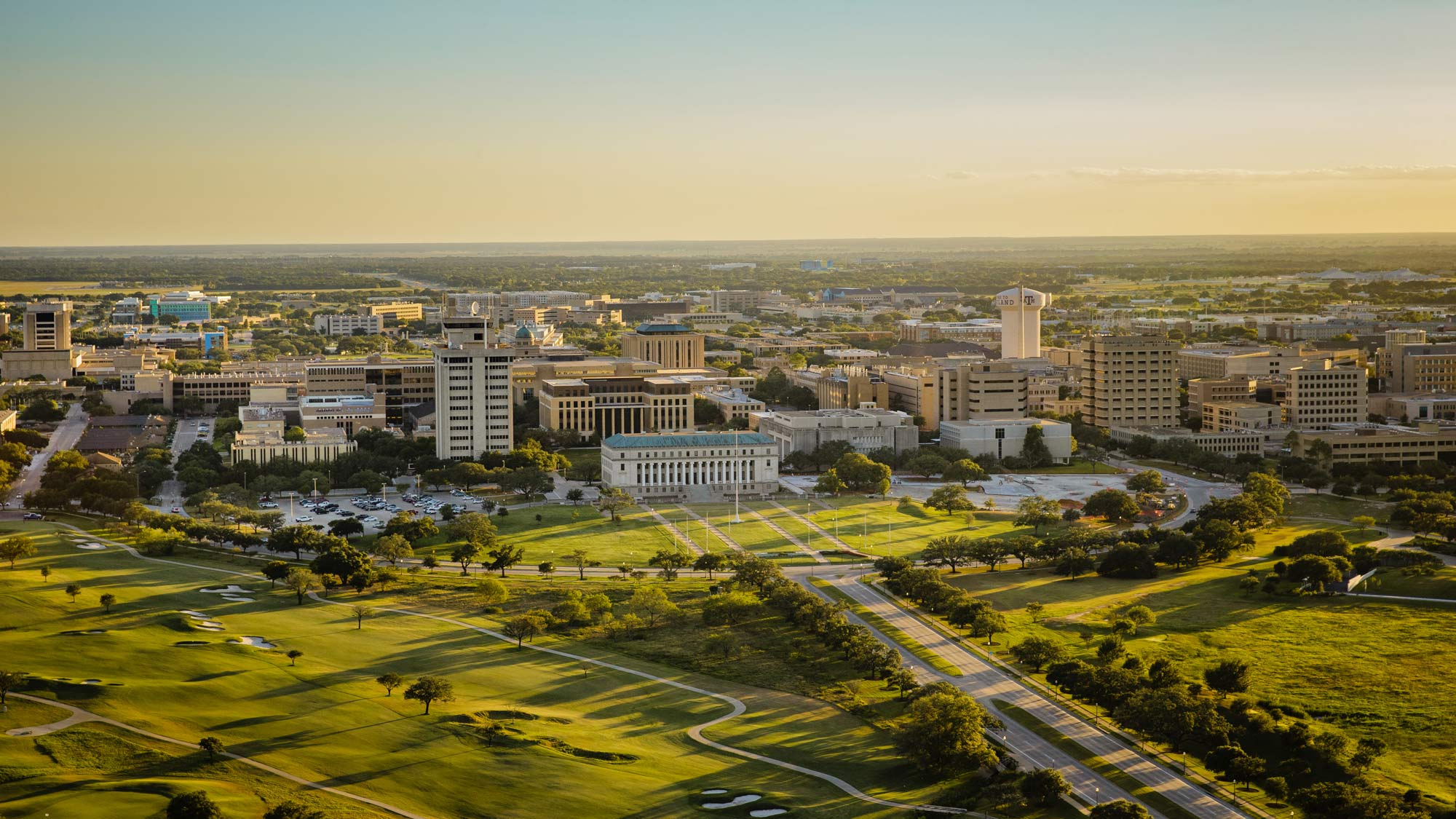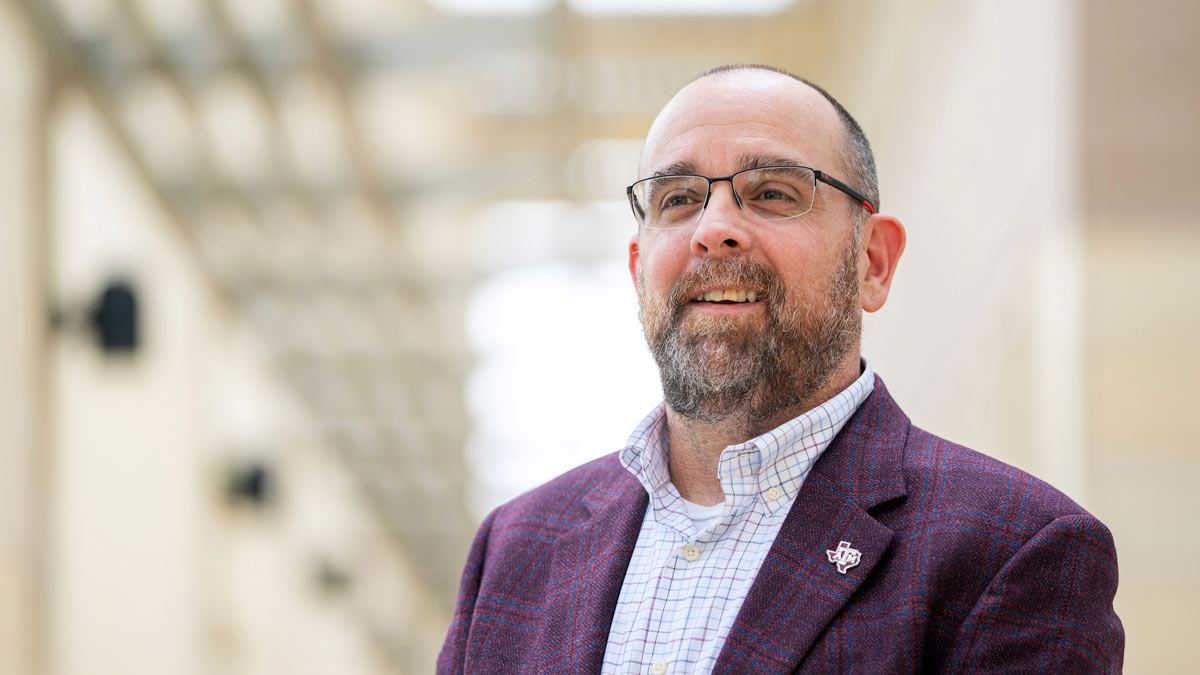
Health & Environment
Texas A&M Experts Available To Talk About 2025 Hurricane Season
May 30, 2025 • 19 min. readFaculty members from across the university can provide insights on forecasting, storm impacts, emergency response, coastal resilience, recovery efforts and more.
Replicating Real-Life Blood Vessels To Cure Vascular Disease
May 28, 2025 • 4 min. readA new platform mimics various blood vessel structures, enabling more accurate models of vascular disease and patient-specific research.
Texas A&M Inventor Pioneers Breakthrough Cell Therapy For Patients With ALS And Other Devastating Diseases
May 23, 2025 • 4 min. readDr. Simrit Parmar’s novel treatment shows promising results in human trials, sparks first U.S.-Saudi clinical alliance and offers hope for patients with hard-to-treat diseases.
Does Someone With Alcohol Use Disorder Deserve A New Liver?
May 19, 2025 • 4 min. readThe most comprehensive study of its kind sheds light on perceptions of deservingness based on the reason for the transplant and recipients’ race/ethnicity.
Researchers have developed a new AI model to speed up tornado damage assessments and recovery.
Texas A&M Funds Eight More Projects To Convert Discoveries Into Commercial Products
May 13, 2025 • 3 min. readThe ADM program invests an additional $1.35 million to help research teams move their high-impact innovations closer to marketplace.
Exoskeleton Technology Shows Promise In Protecting Workers In One Of The Most Dangerous Jobs
May 13, 2025 • 4 min. readThe first study of its kind identifies the biomechanics of forestry work and workers’ perceptions of this emerging technology.
Texas A&M’s aerospace medicine program is pioneering research and education that supports the health of astronauts during long-duration spaceflight.
Older adults can benefit greatly from pet ownership, as long as certain considerations are made to ensure proper animal care.
Research Collaboration Takes ‘One Health’ Approach To Study Chagas Disease Exposure, Treatment Effectiveness
May 7, 2025 • 6 min. readSupported by almost $4 million in new funding, researchers in the Texas A&M College of Veterinary Medicine and Biomedical Sciences and University of Georgia are working to develop interventions that will impact both canine and human health.

